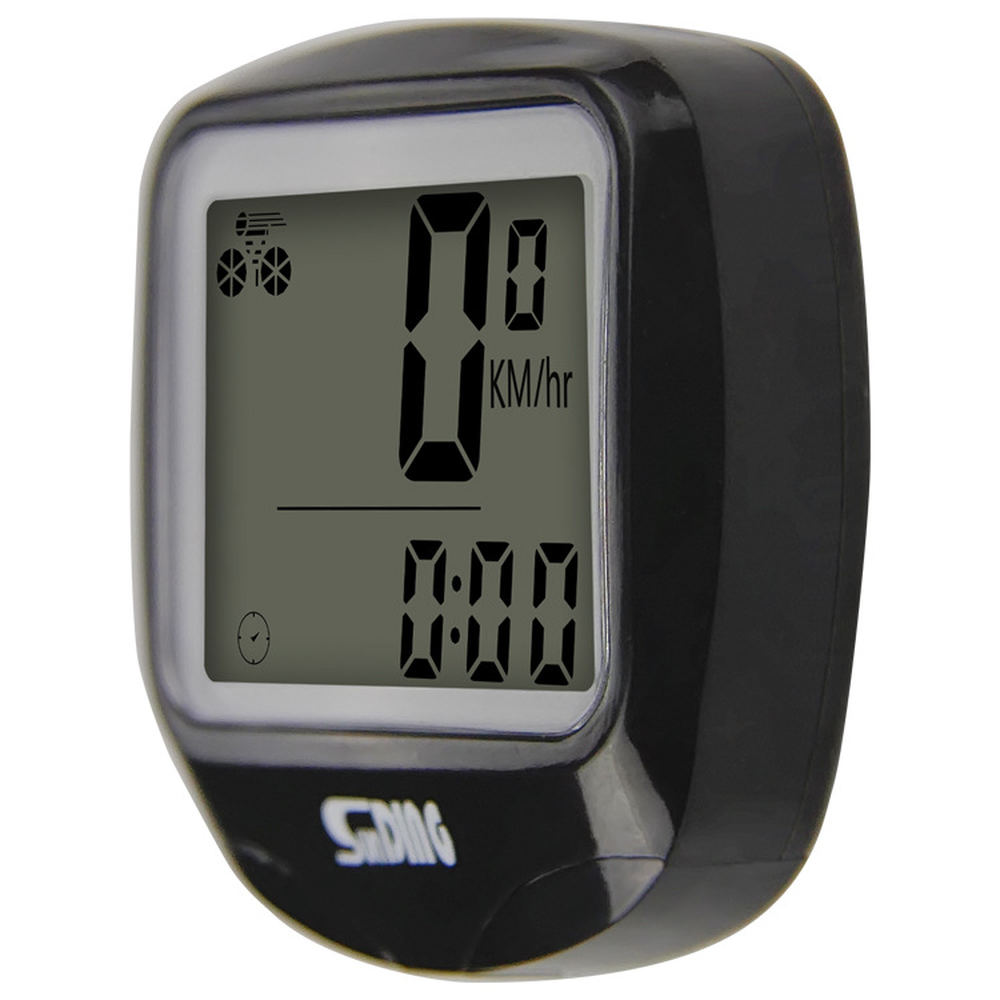


#BISCALE FUNCTION RCODE CODE#
Also remove the contents from main(), as shown in the following code snippet: class Bicycle ).

Note: For your convenience, at the top of each codelab page is a DartPad instance that reflects the state at the beginning of each exercise.Ībove the main() function, add a Bicycle class with three instance variables. You can continue to use the same DartPad throughout the codelab, but if you click Reset, DartPad takes you back to the default example, losing your work. The link below opens a fresh instance, which contains a default "Hello" example. This codelab provides a new DartPad instance for every set of exercises. A main() method instantiates a Bicycle and prints it to the console. The Bicycle class contains some private instance variables with getters and setters. You'll start by building a simple Dart class with the same functionality as the Bicycle class from the Java Tutorial. I'm looking for an explanation of something specific. I'm looking for example code to use in my project. I know something about this topic, but I want a refresher. What would you like to learn from this codelab? I'm new to the topic, and I want a good overview. If you prefer, you can use an IDE instead, such as WebStorm, IntelliJ with the Dart plugin, or Visual Studio Code with the Dart Code extension. The package provides a suite of tools for calculating breaks using multiple different approaches, a. This is a technique that maps two quantities simultaneously rather than the single value that most thematic maps display. Provides a 'ggplot2' centric approach to bivariate mapping. You'll write and run all the examples in DartPad, an interactive, browser-based tool that lets you play with Dart language features and core libraries. biscale: Tools and Palettes for Bivariate Thematic Mapping. To complete this codelab, all you need is a browser!
#BISCALE FUNCTION RCODE HOW TO#
When and how to create getters and setters.You can write Dart functions in 1 minute, scripts in 5 minutes, and apps in 10 minutes! What you'll learn This codelab introduces you to Dart with a focus on features that Java developers might not expect. Let’s apply these steps in the following example.įirst, select category name and product id from the production.products and production.Dart is the programming language for Flutter, Google's UI toolkit for building beautiful, natively compiled mobile, web, and desktop apps from a single codebase. Package ‘biscale’ Type Package Title Tools and Palettes for Bivariate Thematic Mapping Version 1.0.0 Description Provides a 'ggplot2' centric approach to bivariate mapping. Second, create a temporary result by using a derived table or common table expression (CTE).First, select a base dataset for pivoting.You follow these steps to make a query a pivot table: It turns the unique values in one column into multiple columns in the output and performs aggregations on any remaining column values. SQL Server PIVOT operator rotates a table-valued expression.

In addition, we can add the model year to group the category by model year as shown in the following output: Introduction to SQL Server PIVOT operator Our goal is to turn the category names from the first column of the output into multiple columns and count the number of products for each category name as the following picture: Code language: SQL (Structured Query Language) ( sql )


 0 kommentar(er)
0 kommentar(er)
